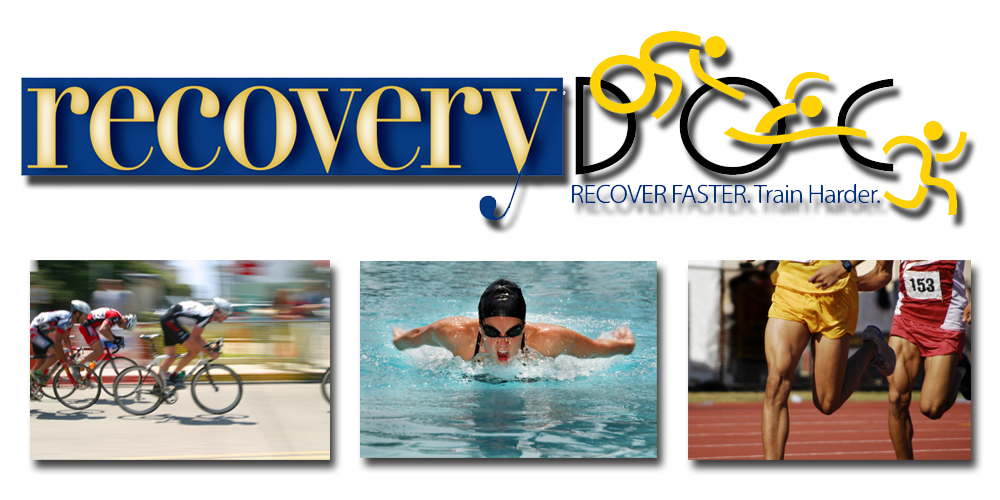What Strains the Anterior Cruciate Ligament During a Pivot Landing?
- Youkeun K. Oh, PhD*,
- David B. Lipps, MS†,
- James A. Ashton-Miller, PhD*,†‡§ and
- Edward M. Wojtys, MD‖¶§
+Author Affiliations
- ↵‖ Edward M. Wojtys, MD, MedSport, University of Michigan, 24 Frank Lloyd Wright Drive, PO Box 391, Ann Arbor, MI 48106-0391 (e-mail:edwojtys@umich.edu).
- Presented at the 37th annual meeting of the AOSSM, San Diego, California, July 2011.
Background: The relative contributions of an axial tibial torque and frontal plane moment to anterior cruciate ligament (ACL) strain during pivot landings are unknown.
Hypothesis: The peak normalized relative strain in the anteromedial (AM) bundle of the ACL is affected by the direction of the axial tibial torque but not by the direction of the frontal plane moment applied concurrently during a simulated jump landing.
Study Design: Controlled and descriptive laboratory studies.
Methods: Fifteen adult male knees with pretensioned knee muscle-tendon unit forces were loaded under a simulated pivot landing test. Compression, flexion moment, internal or external tibial torque, and knee varus or valgus moment were simultaneously applied to the distal tibia while recording the 3D knee loads and tibiofemoral kinematics. The AM-ACL relative strain was measured using a 3-mm differential variable reluctance transducer. The results were analyzed using nonparametric Wilcoxon signed–rank tests. A 3D dynamic biomechanical knee model was developed using ADAMS and validated to help interpret the experimental results.
Results: The mean (SD) peak AM-ACL relative strain was 192% greater (P < .001) under the internal tibial torque combined with a knee varus or valgus moment (7.0% [3.9%] and 7.0% [4.1%], respectively) than under external tibial torque with the same moments (2.4% [2.5%] and 2.4% [3.2%], respectively). The knee valgus moment augmented the AM-ACL strain due to the slope of the tibial plateau inducing mechanical coupling (ie, internal tibial rotation and knee valgus moment); this augmentation occurred before medial knee joint space opening.
Conclusion: An internal tibial torque combined with a knee valgus moment is the worst-case ACL loading condition. However, it is the internal tibial torque that primarily causes large ACL strain.
Clinical Relevance: Limiting the maximum coefficient of friction between the shoe and playing surface should limit the peak internal tibial torque that can be applied to the knee during jump landings, ther
Hypothesis: The peak normalized relative strain in the anteromedial (AM) bundle of the ACL is affected by the direction of the axial tibial torque but not by the direction of the frontal plane moment applied concurrently during a simulated jump landing.
Study Design: Controlled and descriptive laboratory studies.
Methods: Fifteen adult male knees with pretensioned knee muscle-tendon unit forces were loaded under a simulated pivot landing test. Compression, flexion moment, internal or external tibial torque, and knee varus or valgus moment were simultaneously applied to the distal tibia while recording the 3D knee loads and tibiofemoral kinematics. The AM-ACL relative strain was measured using a 3-mm differential variable reluctance transducer. The results were analyzed using nonparametric Wilcoxon signed–rank tests. A 3D dynamic biomechanical knee model was developed using ADAMS and validated to help interpret the experimental results.
Results: The mean (SD) peak AM-ACL relative strain was 192% greater (P < .001) under the internal tibial torque combined with a knee varus or valgus moment (7.0% [3.9%] and 7.0% [4.1%], respectively) than under external tibial torque with the same moments (2.4% [2.5%] and 2.4% [3.2%], respectively). The knee valgus moment augmented the AM-ACL strain due to the slope of the tibial plateau inducing mechanical coupling (ie, internal tibial rotation and knee valgus moment); this augmentation occurred before medial knee joint space opening.
Conclusion: An internal tibial torque combined with a knee valgus moment is the worst-case ACL loading condition. However, it is the internal tibial torque that primarily causes large ACL strain.
Clinical Relevance: Limiting the maximum coefficient of friction between the shoe and playing surface should limit the peak internal tibial torque that can be applied to the knee during jump landings, ther









.JPG)





No comments:
Post a Comment